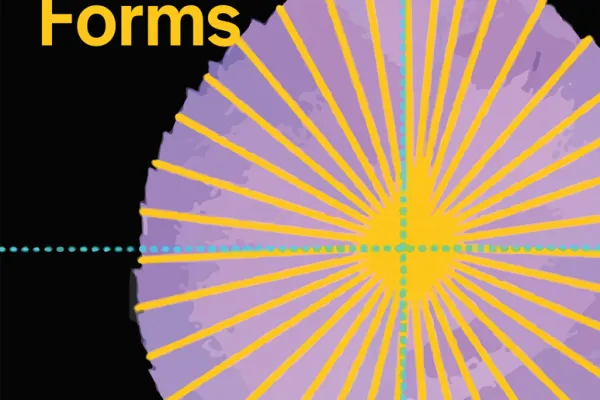Vegetal Forms: Knowing Time and Place Through Plants

Published April 7, 2023
A Kahn Institute Short-Term Project
April 7-8, 2023
Organizing Fellows
Lily Carone, Botanic Garden
Colin Hoag, Anthropology
Event Description
On Friday, 5-6:30 p.m. in Graham Hall, there will be brief public screenings of work by Smith College Museum of Art’s visiting artist Abdessamad El Montassir and Elaine Gan, Assistant Professor of Science in Society at Wesleyan University. El Montassir’s work interrogates buried histories of North Africa, often looking at plants, place, and trauma, while Gan is a scholar-artist engaged with relations among species, machines, and landscapes. Their presentations will be followed by an extended Q&A with the speakers. This event is free & open to the public. Masks welcome. For disability access information or requests, call 413-585-2407 or email ods@smith.edu.
After the public event, the fellows and speakers will gather at the Kahn Institute for dinner and discussion, 6:30-8:30 p.m. On Saturday, April 8, the fellows will discuss precirculated texts from 10 a.m. to 12 p.m., followed by lunch. The afternoon will include speculative wanderings and discussion at Lyman Conservatory.
Project Description
Plants come in a multitude of forms, as can be seen in the exotic flora at Lyman Conservatory and in the Massachusetts landscapes that surround it. These forms are both aesthetically arresting and informative. The venation of leaves, the color of flowers, the shape of pollen grains, the structure of fruits, the strength of the stem—plant morphology discloses clues about plants’ evolutionary relationships across time and their strategies for survival in place, but also insights into the human condition. Understanding this bewildering diversity of non-human forms has demanded a botanical imagination that cuts across the arts, sciences, architecture, medicine, horticulture and more, all of which leverage basic observation and description. It has incited a rich vocabulary of botanical terms used in plant science and herbal medicine; taxonomic systems that vary across culture; literature and visual art works from Goethe to Georgia O’Keefe; and an art-science practice of botanical illustration, to name just a few. With an interdisciplinary spirit, this Kahn project aims to unearth humanism’s botanical roots, asking what we might learn about our times and places from paying close attention to plant form.
Concretely, we aim to stage a conversation about the role of noticing and description in sciences and the humanities, considering how the value of these rudimentary practices may sometimes go unrecognized. First, what roles do noticing and describing plants currently play within the sciences and humanities? How, for example, has biomimicry been leveraged in engineering, architecture, and materials science? How do the shapes and structures of plants inform plant systematics in the post-genomics era? Thinking historically, what role has botanical illustration played in the development of plant science and plant medicine? What role have plants played in the establishment of anthropocentric hierarchies of life, such as the “Great Chain of Being”? How have encounters with plant life forms been deployed in literature, film, dance, or other artistic practices? Ultimately, we aim to understand how the rendering of plant forms speaks to the human condition and the cross-disciplinary collaboration required to understand it.